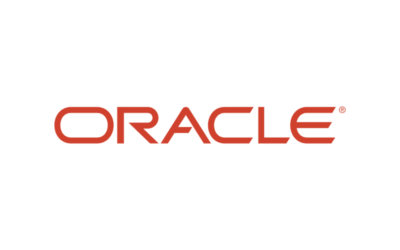Robotics in Healthcare
Robotics in healthcare do more than improve productivity. They improve the employee and patient experience as well.
“Two parallel revolutions are currently taking place in post-industrial societies,“ reports The ROSE Project (Robots and the Future of Welfare Services), “1) enormous growth in the demand for welfare and health services and 2) the rise of new generation cognitive robots.” The objective of this Finland-based consortium is to study how robotics can assist in the creation and remodeling of products and services. Plus, the renewal of welfare services.
Challenges in the Care Environment
The ROSE Project points to an aging population as the main driver behind these developments. Care services – from supervised assisted living hospitals to individual homes – create significant demand for automated technology. When completely supervised, systems are guided by a care-giver and as such, allow for simple designs and interfaces. The greater the level of autonomy, the more careful the design of the system and the interface needs to be. Additional challenges are presented by the degree of structure in the care environment, as these can range from semi-structured (such as hospitals) to completely unstructured (such as people’s domestic homes).
Study of Robotics in Healthcare Implementation
As part of this project, VTT Technical Research Centre of Finland studied the implementation of a logistics robot system at the Seinäjoki Central Hospital. First steps are being taken in Finland to introduce automated delivery systems in hospitals, with this hospital acting as one of the pioneers. The hospital aims to reduce transportation costs, improve the availability of supplies and alleviate congestion on hospital hallways by implementing 5-8 automated delivery robots. Two TUG robots were deployed during the study.
The VTT Technical Research Centre study showed that during the first six months, transport personnel expenses and the physical strain of transport work were reduced. The personnel’s views on the mobile delivery robots have developed favourably and other hospitals have shown much interest in the Seinäjoki hospital’s experiences.
The study highlighted the joint planning between the various occupational groups and stakeholders was a key contributor to the successful change process. Careful planning, piloting and implementation are critical implementation components.
“As the system is expanded with new robots and types of deliveries, even more guidance, communication and dialogue is needed. Joint planning that brings various players to the same table ensures that the system’s implementation goes as smoothly as possible, making it easier to achieve the desired overall benefits”, says Senior Scientist Inka Lappalainen of the ROSE project.
Aethon’s VP of Professional Services Brian Curren agrees, “The TUG is a workflow transformation tool. Good planning and dialogue between those involved in the workflow is critical to leveraging the full potential of the tool. Without it, even an autonomous robot isn’t much help. But when good planning precedes implementation, improved effectiveness and job satisfaction are the natural outcomes.”
Additional Proof Points
Improvements in both productivity and work effectiveness are common in TUG implementations, as is the case for Reading HealthPlex, in Reading, Pennsylvania.
The hospital implemented eight TUGs into their food service program, delivering room service robot carts to patients and returning dirty carts to the dish room. The robots make up to 50 half-mile round trips daily, travelling at three miles per hour as they avoid people and equipment, open doors and operate elevators along the way.
“We are excited to be able to have this technology so that we can take care of our patients the way we like to,” said Margaret Kipe, the Director of Nutrition Services. “I’m relaxed. I’m not fatigued, and I can do my job the way we want to do it.”
With nearly 160 hospitals utilizing TUG robots, examples are easy to come by. At St. Elizabeth Healthcare in St. Thomas, Ohio, TUGS are used to transport medications from the pharmacy to nursing stations.
“The TUG robot allows our pharmacy staff to focus squarely on the clinical and patient-centered parts of their jobs rather than the task of delivering medications through the hospital,” said John Giordullo, system director of pharmacy for St. Elizabeth.
“TUG has been very reliable, predictable and easy to use,” said Benita Utz, vice president of nursing for the Fort Thomas hospital. “It has made our jobs as nurses more efficient and has eliminated calls to the pharmacy looking for medication deliveries.”
University of California, San Franciso (USCF) at Mission Bay has one of the largest fleets, with 25 TUGs carrying supplies to and from the pharmacy, kitchen, lab and stock rooms. The fleet knows every inch of UCSF’s 800,000 s.f. hospital complex, and has been programmed to communicate with six of the building’s 20 elevators and hundreds of its doors. They travel an average of 100 miles per day, making over 160,000 deliveries per year.
Our Passion at Aethon
At Aethon, we know robotics in healthcare is something special. We know their capabilities and benefits — how they improve the availability of supplies, alleviate hallway congestion, decrease labor expenses, and reduce the physical strain of transportation activities on human workers. And our customers tell us that their staff report an improvement in their perceived sense of control over their work and hold favorable views toward the technology. But the outside perspective – from The ROSE Project and VTT Technical Research Center – about the robotics in healthcare technology is greatly valued and appreciated.




